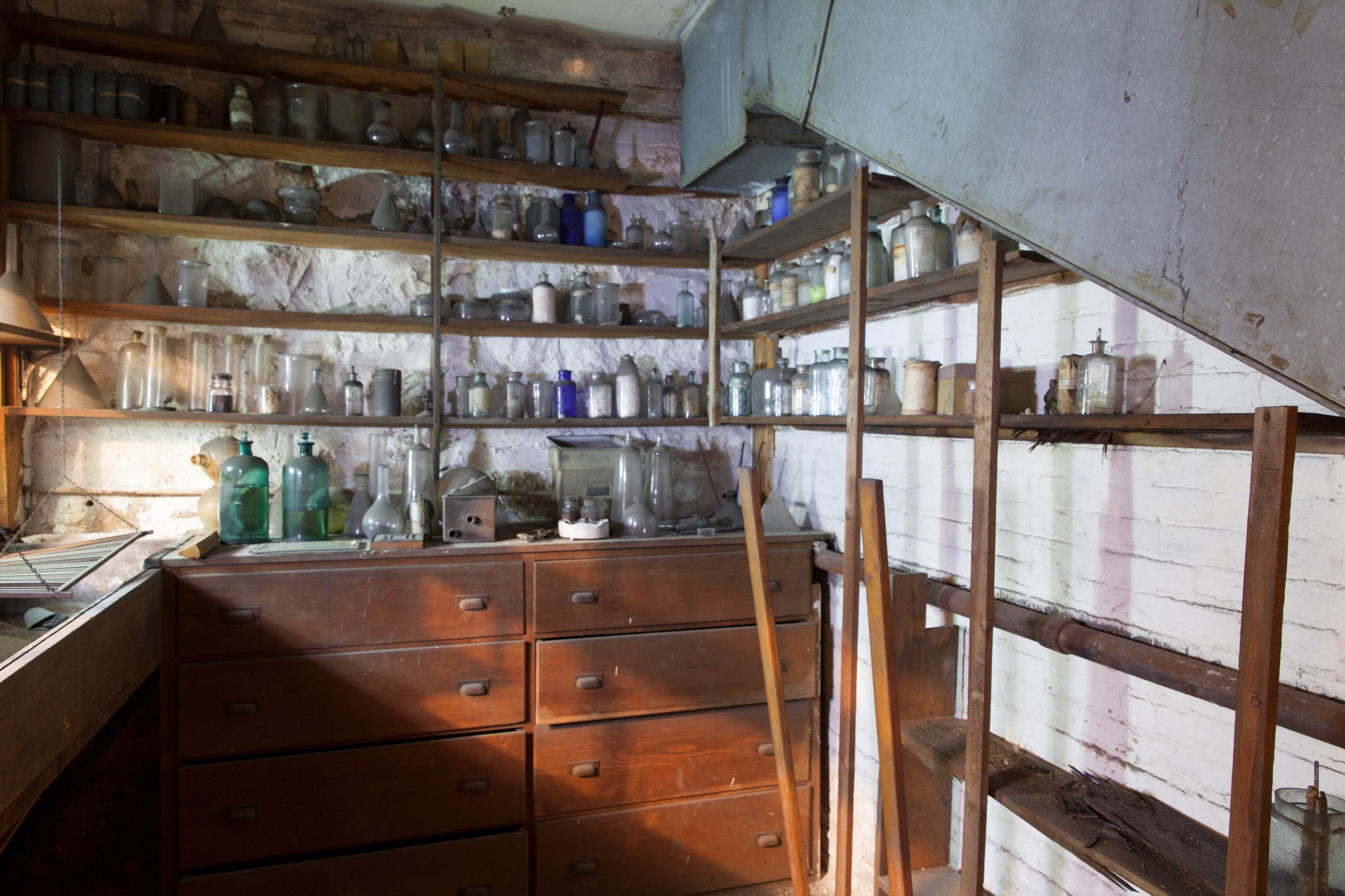 Eustis Estate
Eustis Estate
Library Introduction

The man cave
The library, perched over the porte cochère, was the private space of W.E.C. Eustis. It housed a large collection of books and souvenirs from his travels and served as his home office, where he managed his personal affairs.
W.E.C. graduated from Harvard University with a Bachelor of Arts in 1871. He completed a second degree in science two years later. While in school, Eustis was a member of the Harvard Nines baseball team and played a total of 101 games during his time there.


W.E.C. Eustis was listed as a “metallurgical engineer” in the 1880 U.S. Census. He found great success in his work as an engineer and owned three companies across North America: Eustis Mining Company in Quebec, Melones Mining Company in California, and the Virginia Smelting Company in Virginia. He also patented several chemical metallurgy and mechanical inventions.

His interests and pursuits in engineering and technology migrated into his personal life, as well. A staircase hidden behind the velvet curtain in this room leads to a third-floor room he called his “laboratory,” which once housed his “tinkering room” where he worked on devices such as radios and other new technology.
W.E.C. was also an avid photographer and had a dark room in the basement. Many of the historic photos seen here are from the glass plate negatives that he took during the 1880s and 1890s.
